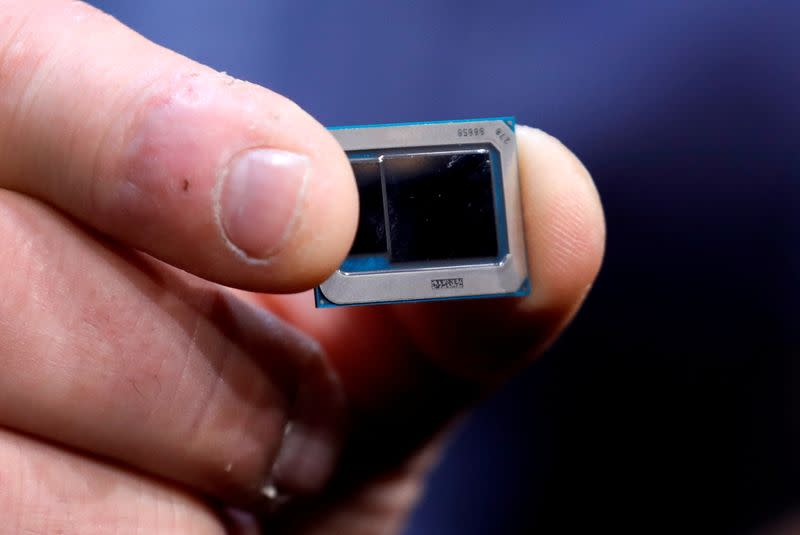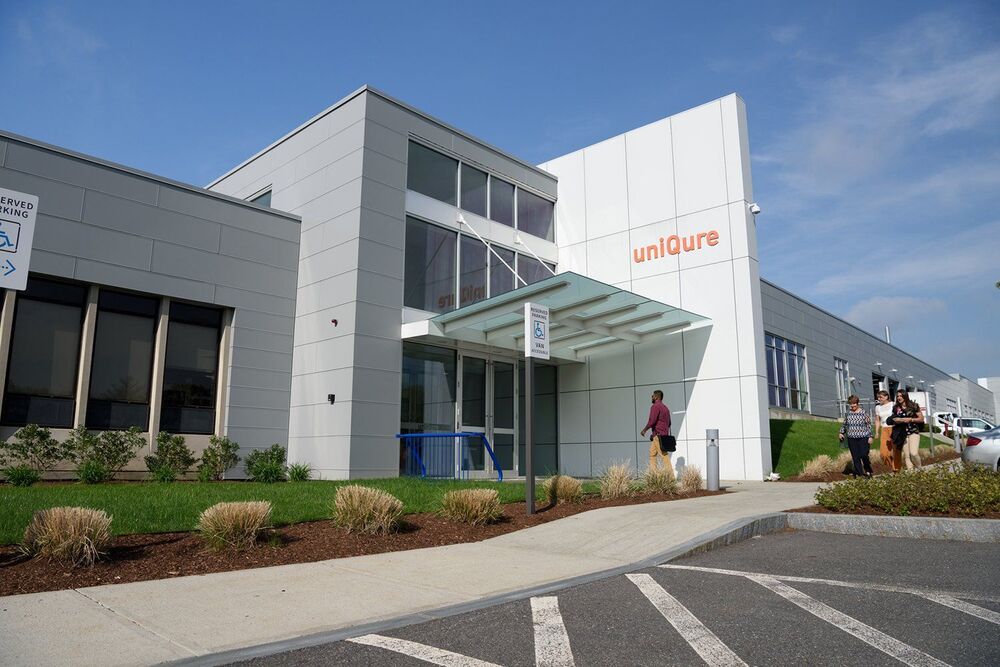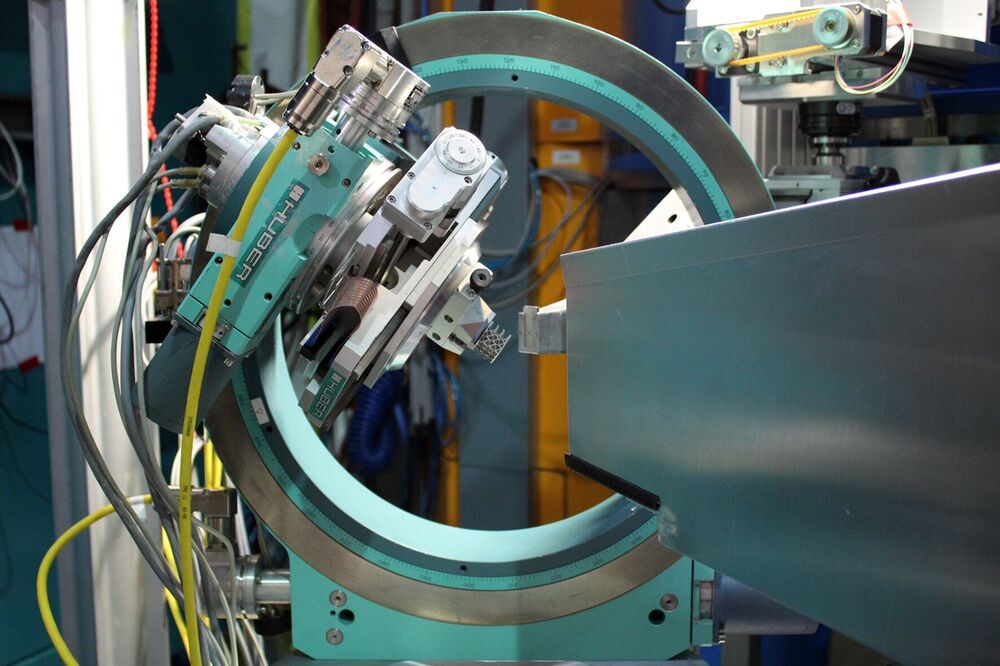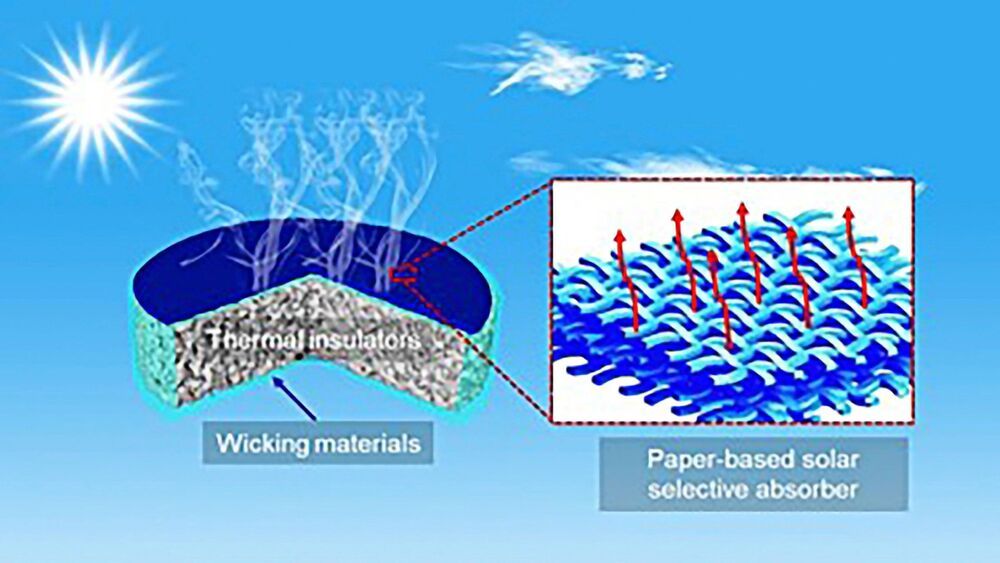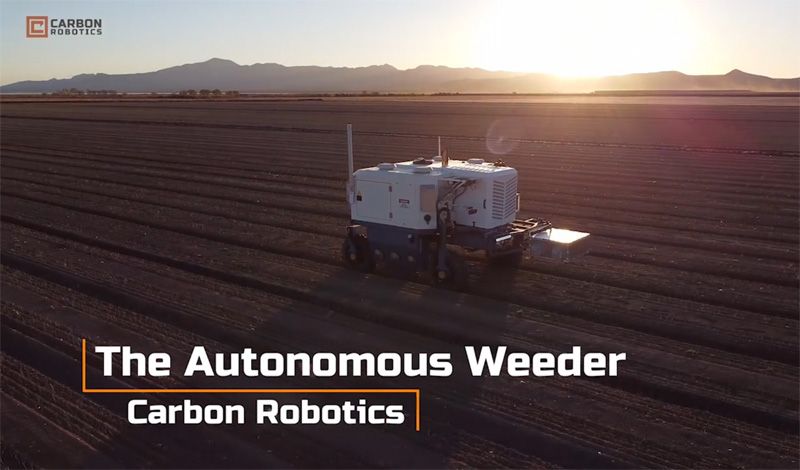
The Autonomous Weeder, developed by Carbon Robotics, uses a combination of artificial intelligence (AI), robotics, and laser technology to safely and effectively drive through crop fields – identifying, targeting and eliminating weeds.
Unlike other weeding technologies, the robot utilises high-power lasers to eradicate weeds through thermal energy, without disturbing the soil. This could allow farmers to use less herbicides, while reducing labour costs and improving the reliability and predictability of crop yields.
“AI and deep learning technology are creating efficiencies across a variety of industries and we’re excited to apply it to agriculture,” said Paul Mikesell, CEO and founder of Carbon Robotics. “Farmers, and others in the global food supply chain, are innovating now more than ever to keep the world fed. Our goal is to create tools that address their most challenging problems, including weed management and elimination.”

